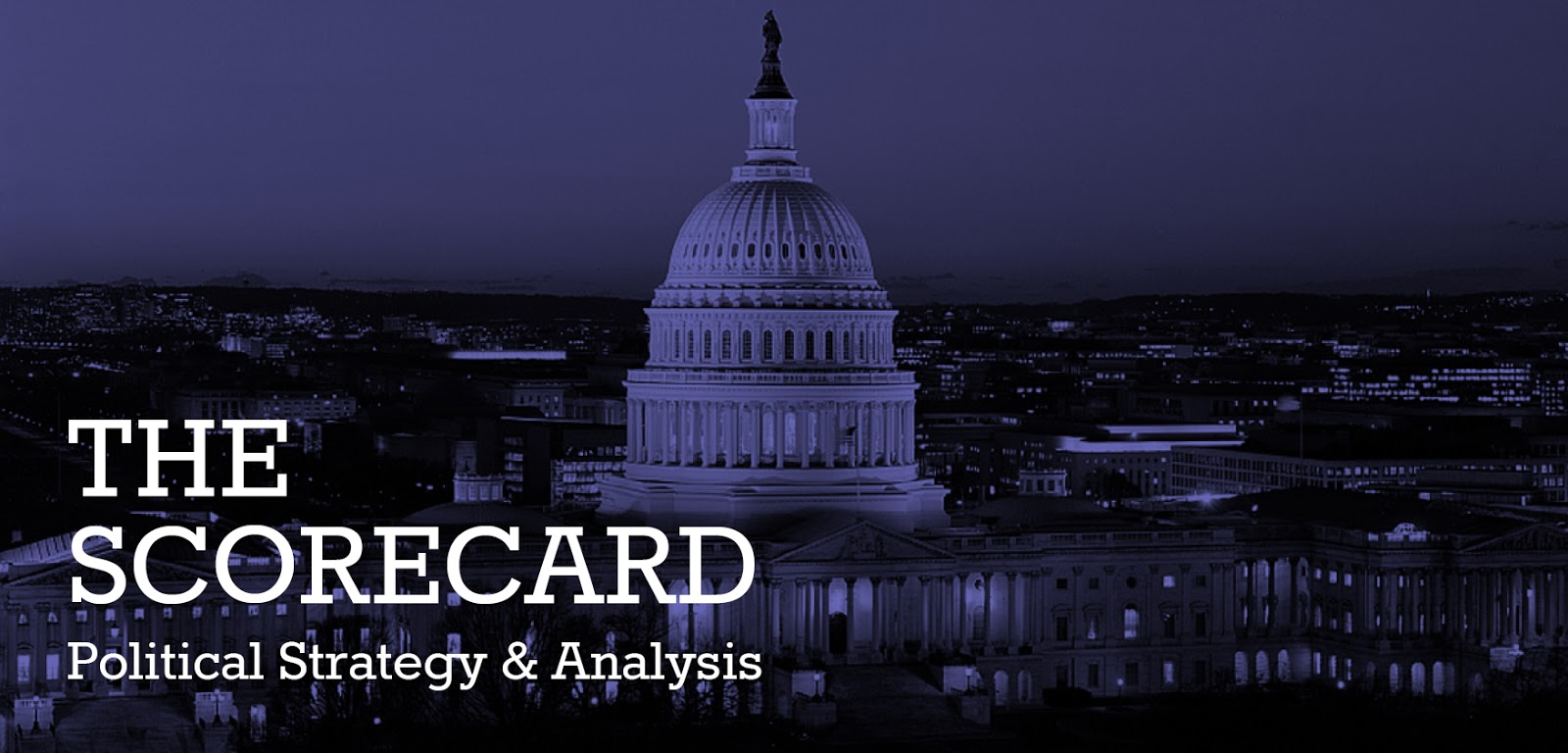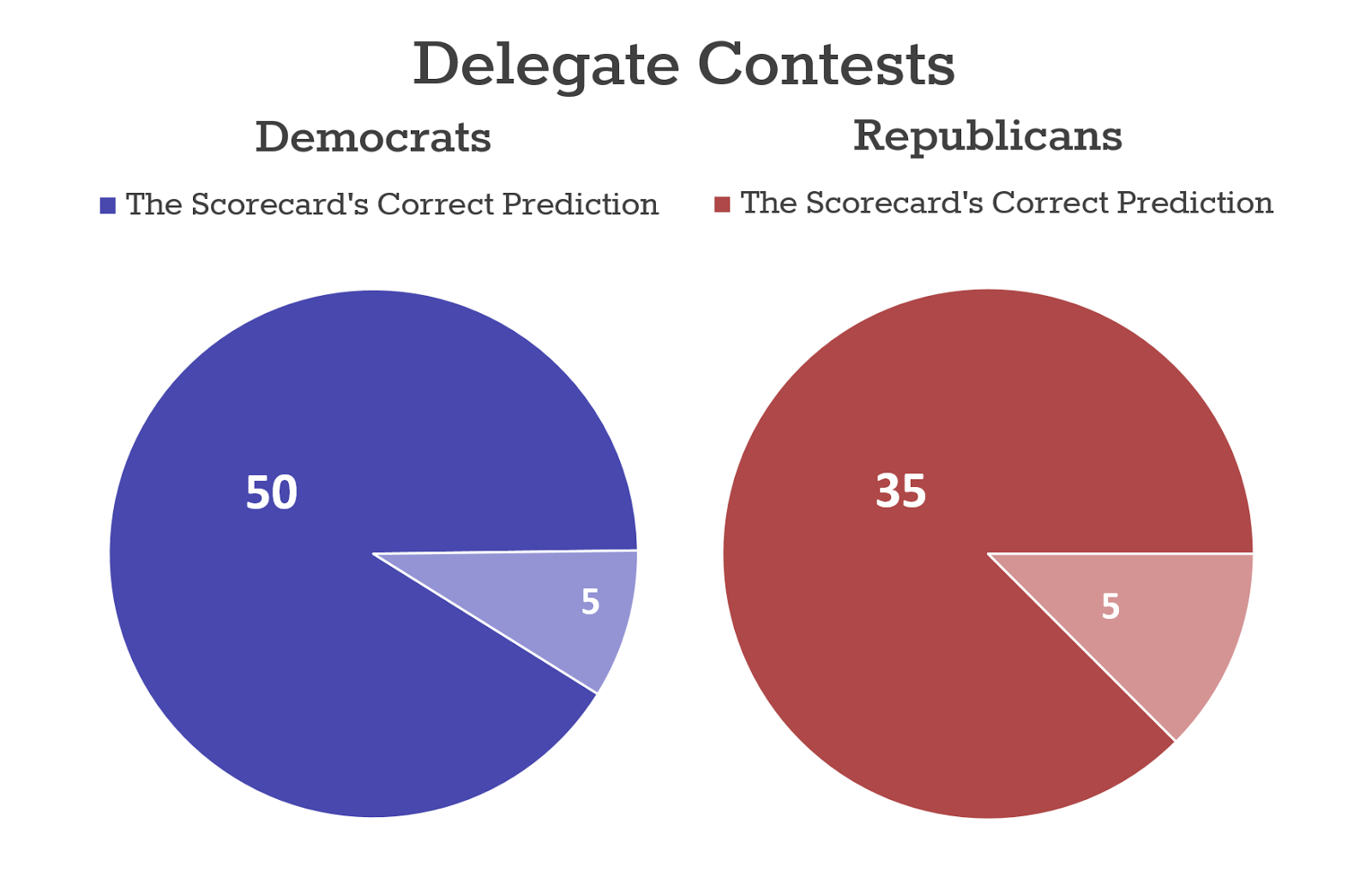Donald
Trump is doubtless on the verge of locking up this nomination. While a victory in Indiana would not produce
a clinching number for him, it would completely sap the strength from the
Republican effort to stop him. After a Cruz failure in the Hoosier state, it’s
hard to believe Republicans would be willing to pay the millions upon millions
of dollars it would take to make California competitive. John Kasich’s continued
existence has made a last minute rally against Trump all the more difficult by
creating an unrealistic vehicle for avoiding the bitter pill of Ted Cruz. Of course, Kasich has absolutely zero path to
anything. Even now, despite the supposed deal, John Kasich’s waffling about who
his supporters should vote for in Indiana is making the challenge there for
Cruz even harder.
Donald Trump has already locked up
most delegates and most votes by a considerable margin. Yet without Indiana, Trump would need to win
California and take 29 of its 53 districts to wrap things up, assuming things
proceed mostly as projected: Trump
sweeps delegates in Pennsylvania, earns reasonable splits in the three
remaining proportional states, triumphs in winner take all West Virginia and
New Jersey, but loses in South Dakota, Montana and Nebraska. Current California polling puts Trump’s target
within reach, and momentum from Indiana should carry him through the Golden
State. . However without Indiana and particularly after a Cruz victory there,
John Kasich’s total will naturally fall to well under 10%, as his chances will
disappear. This will put Cruz well in
contention to deprive Trump of a left coast triumph.
Moreover, if Cruz can win Indiana,
all of the small delegate victories he has been winning will come strikingly into
play. The trends in Indiana are all over
the map and frankly somewhat crazed. The polling is utterly manic, and John
Kasich is still polling better than he did in Wisconsin where in the end he
collapsed as a result of consolidation behind Cruz. Indiana is absolutely huge, and we really
have no good way of know of what is happening in Indiana. With an Indiana loss we go back to crazed
mass scramble. With an Indiana win,
Trump basically has it. There is no hard
evidence leaning in either direction. Hold
on to your hats.



